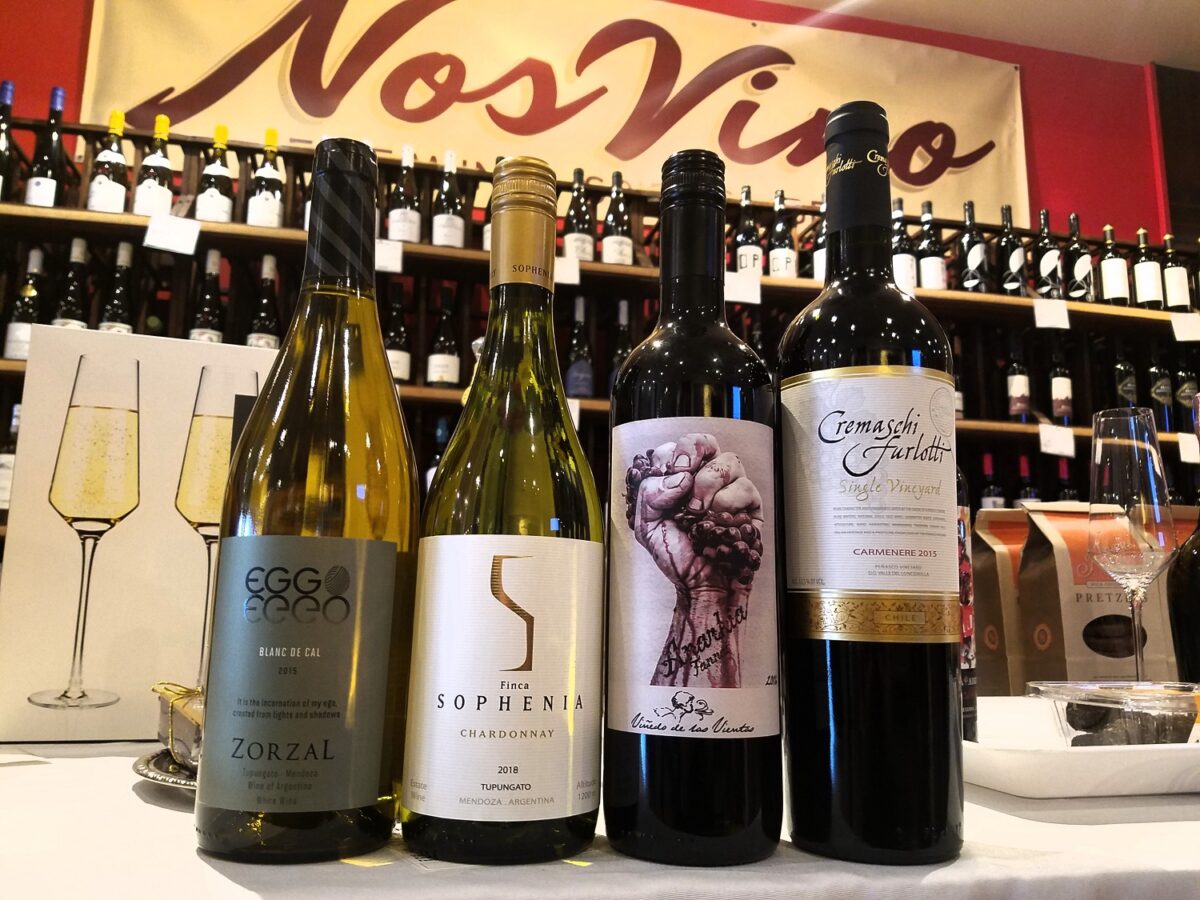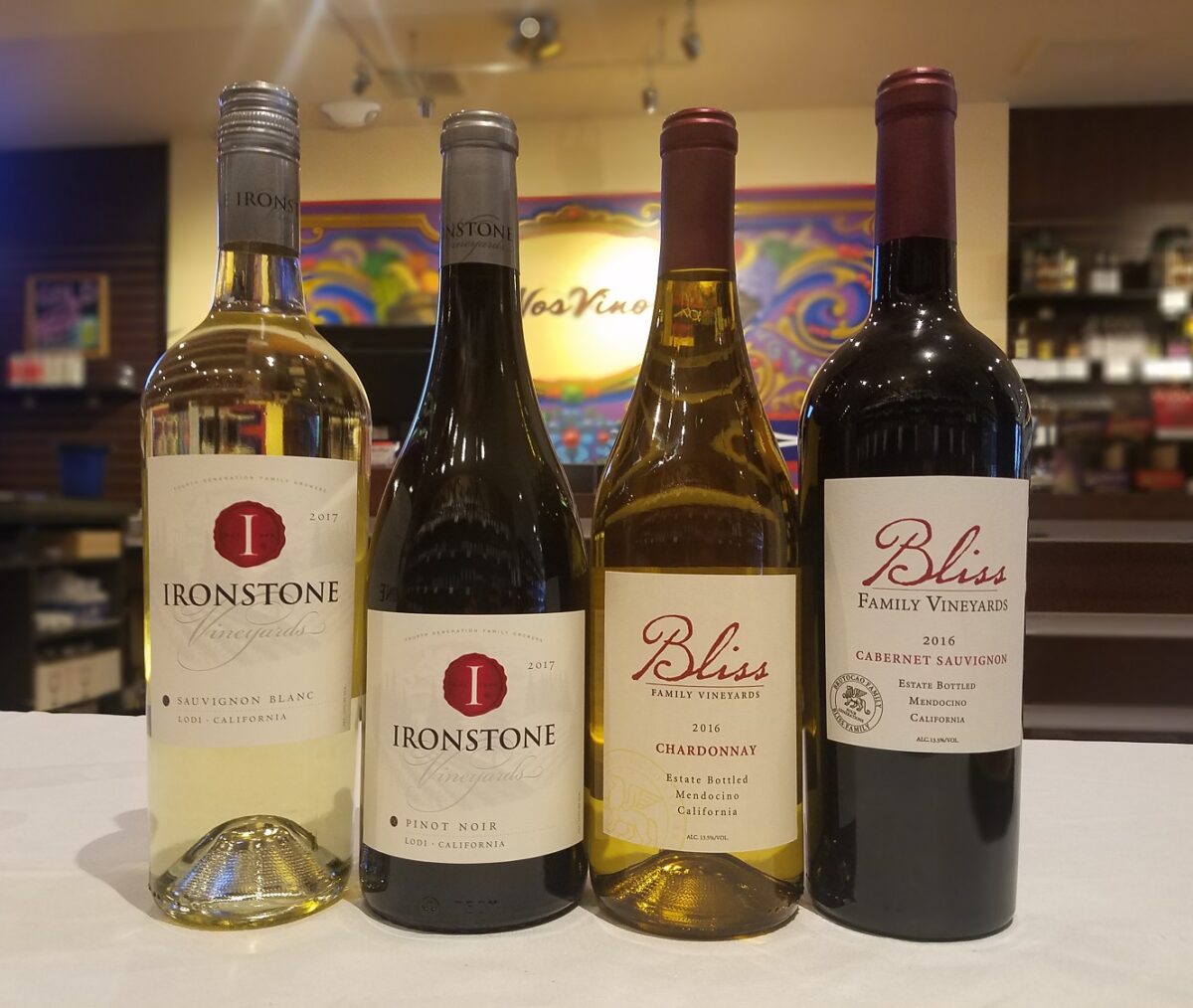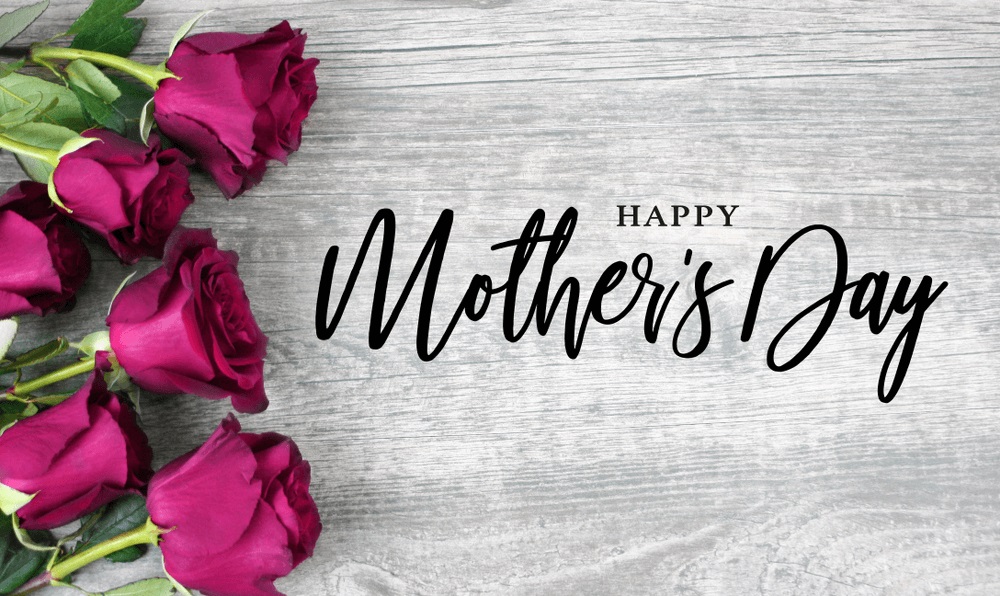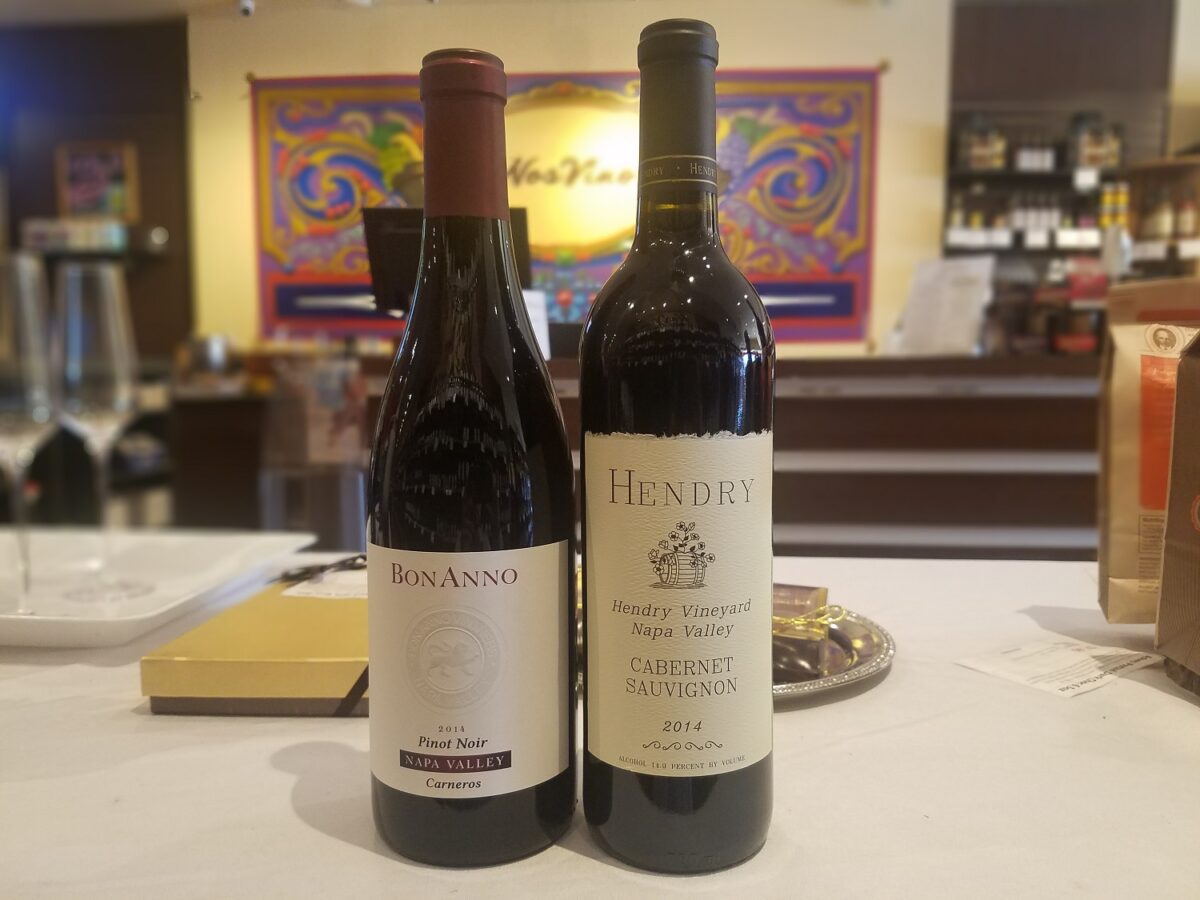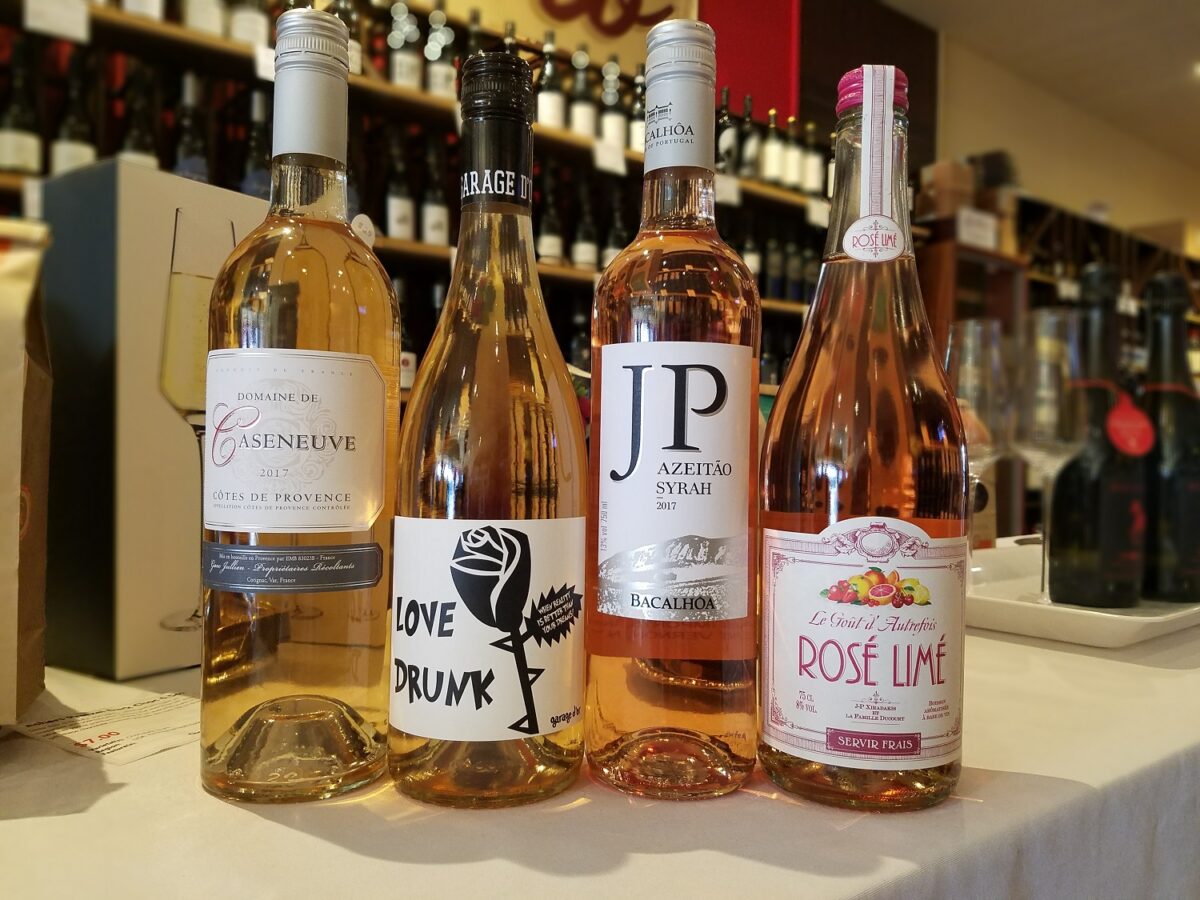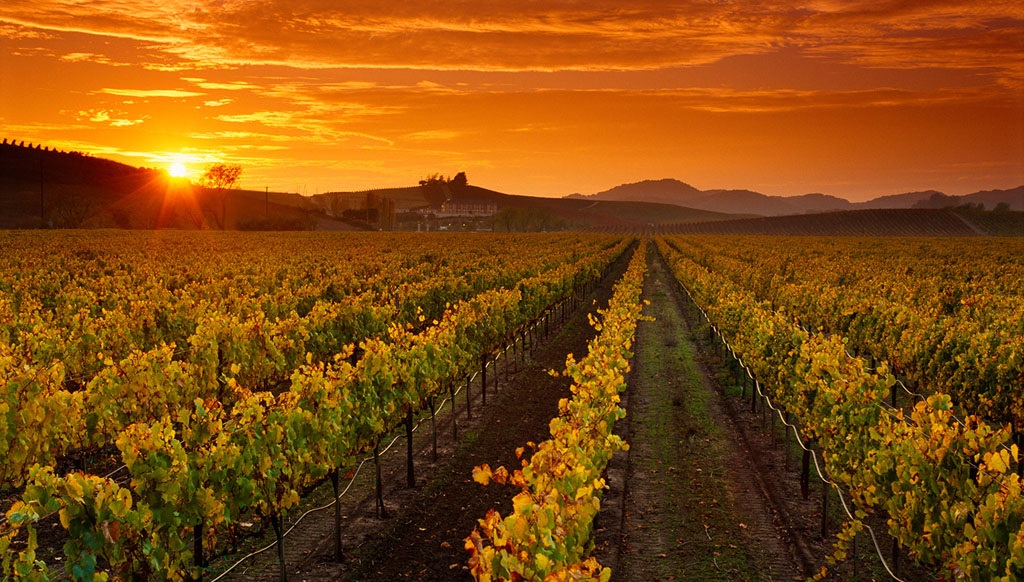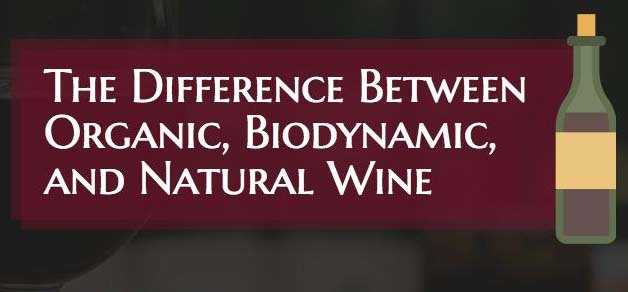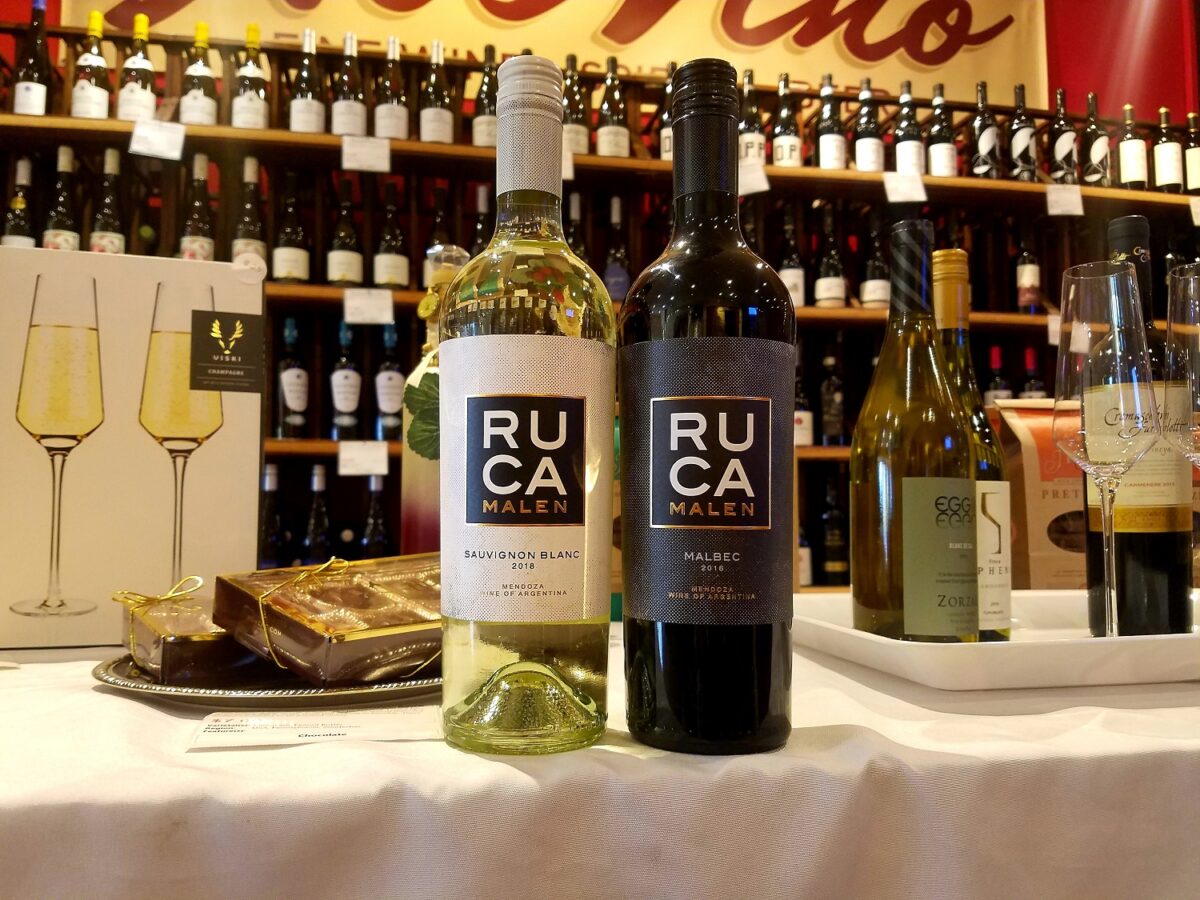Four seemingly innocent South American Wines arrive at a wine shop on a chilly March day—they have each received an invitation to be tasted. The Eggo Blanc de Cal, Sophenia Chardonnay, Cremaschi Furlotti Carménère, and Viñedo de los Vientos Anarkia take their places on the table and await the investigation. As guests breathe them in, swirl them around, and savor their essence, will they unlock their secrets? As it happens, these four exceptional bottles contain all the makings of an intriguing story. Among them we will find unexpected flavors, innovations, a long lost varietal, and a bitter twist [cap]. Shall we proceed? Yes, indeed.
The Eggo Blanc de Cal and Sophenia Chardonnay are neighbors; their vines grow in the Gualtallary region, situated within Tupungato, in the Northern reaches of Argentina’s Uco Valley, in Mendoza (got all that?). Wines made from grapes grown here have distinct and unique characteristics indicative of Gualtallary. The vineyards here are planted at the foot of the Andes, at the very highest extremes of Mendoza’s viticultural limits. The stony, alluvial soils are interlaced with sand and limestone, a diverse combination which causes the soils to be free-draining. Limited available water stresses the vines, resulting in highly concentrated wines. Gualtallary wines are marked by their freshness, balance, and brilliant acidity. The limestone also provides minerality, which sets these wines apart from the others in Mendoza. The Eggo is a Sauvignon Blanc with a deceptive character, because it is in some ways quite reminiscent of a Chardonnay from France’s Burgundy region. Exuding a flinty quality with lively acidity and intense mineral notes, combined with grassy, herbaceous zest, this lovely, lush white has a round, full finish which coats your mouth in sumptuous elegance–It is Sauvignon Blanc transformed. If you were wondering about the name, it isn’t called Eggo because it pairs well with waffles; however, if you were to eat with it, it loves a variety of salads and lots of vegetable dishes. If you want to throw some roast chicken or shellfish on the plate, the Eggo won’t complain. This wine was named, in part, for its uniqueness and, well…ego. The name also plays off of its vinification method, which is done solely in egg-shaped concrete vessels. The shape provides a smooth surface, without corners, which allows the wine to move freely and constantly, resulting in more complex flavors; the unlined concrete offers breathability which aids in softening tannins and creating richer body. That’s the Eggo: unique, inventive, and unexpectedly perfect.
Our Sophenia (named after its founders’ daughters, Sophia and Eugenia) exhibits the characteristics of the Gualtallary but is a big, bold Chardonnay in its own right. Estate grown, hand harvested, and aged for six months in new French oak, a beautiful golden hue emanates from the glass with intense aromas of pineapple, mango, and peach. Delicate notes of citrus with mineral hints balance perfectly with a touch of vanilla and toast. This Chardonnay is fresh, poised, and complex–attributes which have garnered consistent praise, and regarded Sophenia as one of the highest quality producers in Argentina. If you should dine with this wine, savor a glass with soft cheeses, herbed fish, lobster, crab, shrimp, and poultry (asparagus and squash are also welcome). Natural beauty and unsurpassed style: that is Sophenia.
Now what’s going on with this Carménère? Cremaschi Furlotti is a full-bodied charmer made from Chile’s iconic red grape. (That is, it became iconic when they realized they had been growing it for hundreds of years and thought it was Merlot.) The Carménère grape, originating from France’s Bordeaux region (fancy) was brought over to Chile in the mid 1800s. Somehow it got lost among the Merlot vines and hence was believed to be Merlot and called Merlot until 1994, when a French botanist noticed that some of the “Merlot” vines were ripening much later than others (that’s because they were Carménère). After some genetic testing, Chile found out that more than 50% of the vines they thought were Merlot were, in fact, Carménère. The varietal was thought to be bordering on extinction—France had lost much of their rootstock to the Phlloxera (a grapevine-eating insect) epidemic in the 1860s, and eventually replaced a good deal of Carménère with Cabernet Sauvignon and Cabernet Franc. Finally, in 1998 Chile recognized Carménère as a distinct varietal. There are now 21,800 acres planted to the grape in Chile, and about 70 acres in France. Welcome back Carménère! Should you have the absolute pleasure of tasting the Cremaschi Furlotti, you will find it brimming with notes of dark plum, blackberry, spice, and smoke. It is a deep, enticing shade of ruby red, and richly textured with a long, elegant, seductive finish. Braised beef dishes, roast pork, lamb, and, of course, cheese will only add to the romantic personality of this wine. Cremaschi Furlotti Carménère: a mystery solved—a love ignited.
Viñedo de los Vientos Anarkia from Uruguay: the name alone has us intrigued. Viñedo de los Vientos (yup, say it again) translates into “Vineyard of the Winds.” These vines are located where the River Plate estuary and the Atlantic Ocean meet. This provides clean, cool ocean breezes, and an ideal climate for growing fine wine grapes. The Anarkia is made with the upmost care from the Tannat grape, Uruguay’s dominant varietal, comprising over one-third of the nation’s plantings. Tannat is arguably one of the coolest red grapes out there, and the Anarkia is a stellar example of what it’s all about. To start–it’s a big wine: full-bodied and tannic. Gripping tannins tend to make most wines made from Tannat a bit bitter—this is not a bad thing, because it also happens to be one of the reasons why they are high in antioxidants! That’s right, a little bitter is better when it comes to wine and its potential health benefits (when consumed in moderation, of course). Deep, rich, and purple in color, this particular Tannat expresses boatloads of plum, black licorice, dark chocolate, and cardamom on the nose and palate. The tannins are intense but balance beautifully with its acidity, leading to an enduring and powerful elegance that is amplified with every sip. It is fermented entirely in stainless steel, giving it a clean, vibrant, and focused structure. The Anarkia contains no added sulphites and is made only with indigenous yeast—it is truly the purest form of Tannat in existence, and unlike any red you will taste. Anarkia’s favorite dining companions include foods that are high in protein and fat. If paired with sausage, beef, roasted lamb, duck, or aged cheeses, you will have peace and harmony among wine and food.
Viñedo de los Vientos Anarkia: proud to be bitter; we wouldn’t have you any other way.
So you’ve taken a glimpse into each wine’s persona. Now come in to meet them and taste for yourself. There is always something new to uncover as we sip and discuss more of South America. We look forward to sharing our wine with you.

